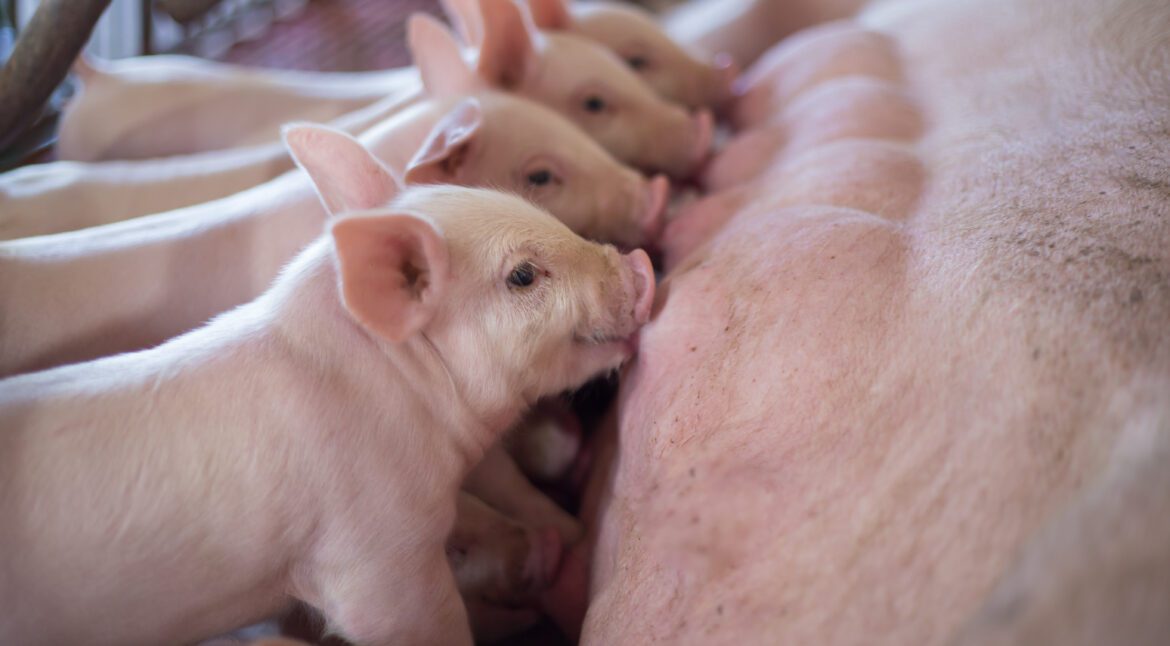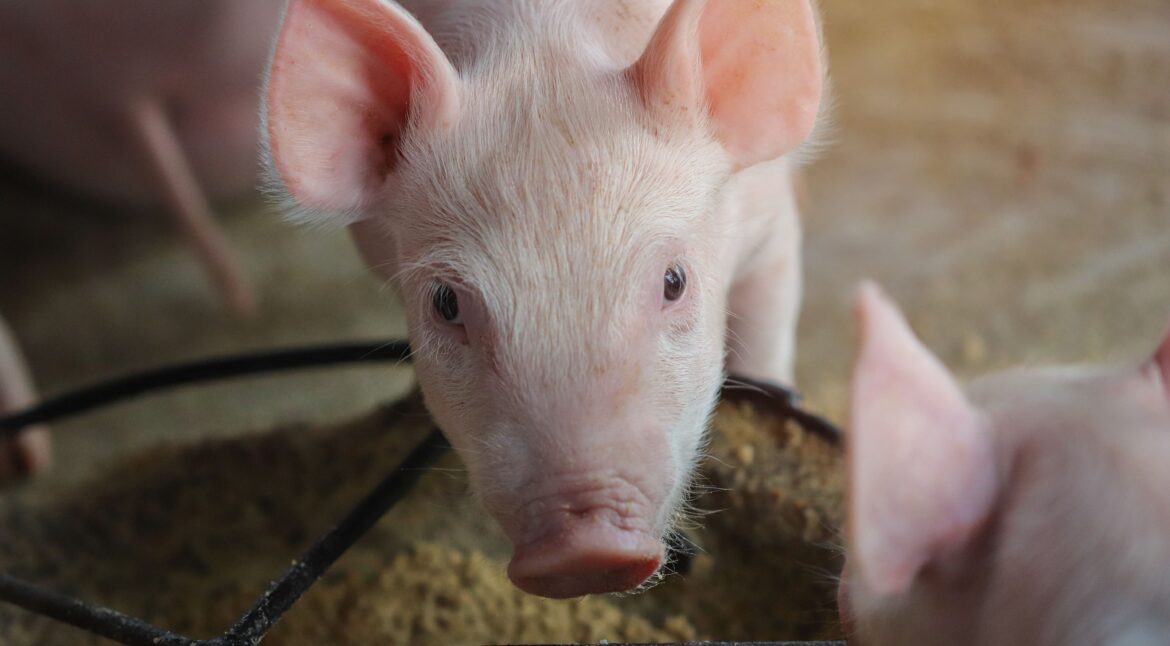RESUMEN: Sow feed intake during lactation is crucial to the maintenance of sow body condition, milk production, and litter performance. Loss of body weight or condition during this time could compromise future reproductive performance. Two groups (n = 52 total) of breeding age gilts and sows were used to evaluate…
The aim of this study was to determine the effects of dietary inclusion of the combination of tributyrin with oregano or methyl salicylate as a substitute to antibiotics on gut health and microbiota of piglets. A total of 48 weaned crossbred piglets (Duroc × Large White × Landrace, 8.79 ±…
Two experiments were conducted to investigate effects of dietary flavor as a feed additive on growth performance of weaned pigs. The flavor used in experiments was a commercial product (Luctarom®, Lucta Guangzhou, China) containing milky cream flavor. In Exp. 1, 72 weaned pigs (initial BW = 6.51 ± 0.21 kg)…
This study was conducted to investigate effects of dietary flavor on immune responses and gut microbiota of weaned pigs. A total of 72 weaned pigs (initial BW = 6.66 ± 0.32 kg) were randomly assigned to 2 dietary treatments (4 pigs/pen; 9 replicates/treatment) in randomized complete block design (block =…
Introduction Extrusion is a technology widely used in feed processing that consists of combining high temperatures and high pressures to the feed material. The main objective when used in a final feed is to improve digestibility, but it can also be used in raw materials such as rice bran (Riaz,…
Enteroendocrine L cells and GLP-2 secretion are activated in the intestinal adaptation process following bowel resection in short bowel patients. We hypothesized that enteral activation of Takeda G-protein-coupled receptor 5 (TGR5) expressed in enteroendocrine L cells could augment endogenous GLP-2 secretion and the intestinal adaptation response. Our aim was to…
Bitter taste perception acts as a signal to the central nervous system to warn animals against consuming potentially toxic substances. When bitter compounds activate bitter taste receptors, a signal reaches the brain that triggers an aversive response and activation of anorexic signals, hence reducing feed intake. The objective of the…
The spread of bacterial resistance to antimicrobials (AMA) have intensified efforts to discontinue the non-therapeutic use of AMA in animal production. Finding alternatives to AMA, however, is currently encumbered by the obscure mechanism that underlies their growth-promoting action. In this report, we demonstrate that combinations of antibiotics and zinc oxide…
Gastrointestinal functionality is regulated by a complex network of receptors exposed to the luminal environment that sense the presence of nutrients and other chemicals, triggering endocrine and neural pathways that ultimately affect physiological and metabolic responses. This is commonly referred to as “gut chemosensing”. Some of these mechanisms have started…


